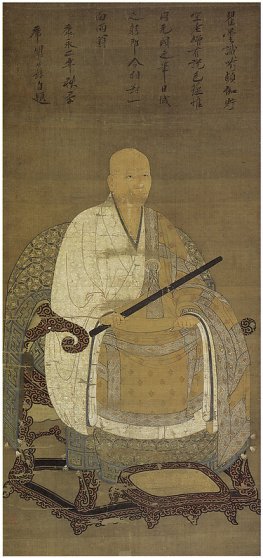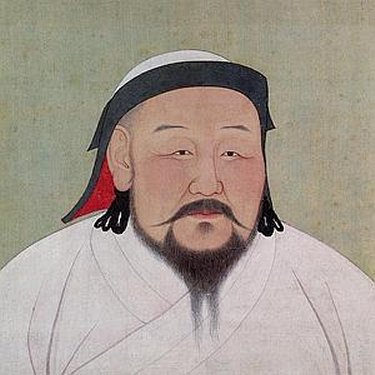The World of Kublai Khan
Under Khubilai, the Mongols welcomed a diversity of religions. The paintings and artifacts displayed here reflect not just Buddhism, but Hinduism, Taoism and Islam — a miracle of tolerance.
“They were barbarians, but they were never rude,” says Watt. “They killed a lot of people, but they weren’t rude.”
Read more:Barbarians at the Mets.
Noble Horse 
Gong Kai (Chinese, 1222–after 1304)
One of the classics says that a horse’s ribs should be slender and numerous. An ordinary horse has only ten ribs. One with more than this is a noble steed


Wang Zhenweng (Chinese, active 14th century)
Portrait of the Japanese Monk Kokan Shiren, dated 1343
Yuan dynasty (1271–1368)
The inscription at the top of this portrait indicates that it is one of three such portraits produced in China by the little-known artist Wang Zhenweng. It also identifies the subject as the important Japanese monk Kokan Shinren, who trained in the Linji (Rinzai) tradition of Chan (Zen) Buddhism. Known for promoting the use of physical punishment as a goad to advancement, monks in this lineage are often portrayed holding the large sticks they used to prod students.
Tapestry on the right
Tapestry with Lions with Palmettes, 13th century
Central Asia
The Iranian influence on the pattern and the similarity of its layout to that of drawloom silks suggest that this type of silk tapestry may have originated in the early thirteenth century, at a time of massive migrations of artisans from the eastern Iranian world to eastern Central Asia.
